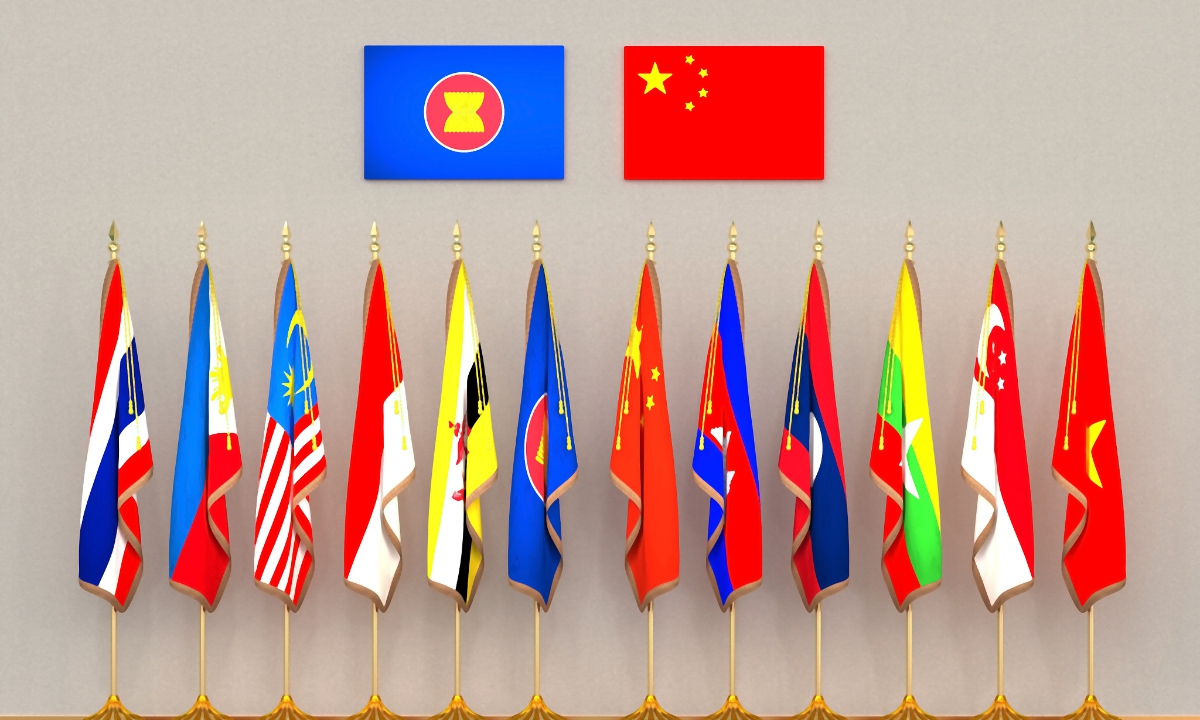
The upcoming ‘upgrade’ to the ASEAN-China Free Trade Area (ACFTA) 3.0 – set to be signed in October 2025 – is expected to be a ‘game changer’ for businesses wishing to enter the Chinese market as the new pact will focus on the digital, green economies and supply chain cooperation.
The latest provisions under ACFTA 3.0 will cover new and enhanced regulations in areas like supply chain connectivity, competition and consumer protection.
ASEAN Secretary-General Kao Kim Hourn lauded the upgrades in modernising the FTA and would help in ‘opening new doors in the digital economy, green economy and supply chain connectivity’.
“It will redefine ASEAN-China economic relations through innovation and competitiveness,” he pointed out.
Additionally, an expert from a macro-consultancy providing advisory services to policymakers said that this initiative is a ‘much-needed upgrade’.
“(Policymakers) have taken into account pandemic disruptions, which I think is very important and there’s a focus on strengthening supply chain resilience in critical and essential goods.
“These agreements are not just about lowering tariffs. They are about building long-term resilience, enhancing economic integration and enabling our businesses to thrive in a rapidly evolving global environment,” said Asia Decoded founder and principal economist Priyanka Kishore, adding that the pact sends a strong geopolitical message but also urged caution.
She said that even though it comes at an opportune but ‘tricky time’ (for overseas markets) looking to de-risk slowly from the US, it may strengthen the region’s integrated push by carefully managing the concerns over Chinese industrial overcapacity spilling into the region.
“(ASEAN member states” are aware that there is a challenge to the local industries from Chinese goods that are coming in,” she continued.
However, despite analysts describing ACFTA 3.0 as a bridge to the ‘economy of the future’, not all ASEAN countries are starting from the same bank.
“(Countries like) Vietnam and Thailand are poised to gain early as they are increasingly becoming the preferred destinations for Chinese companies to invest in manufacturing and this deal’s supply chain provisions will only boost their attractiveness for Chinese investors looking to offshore,” said George Washington University’s Sigur Centre for Asian Studies research affiliate Lucas Myers.
He also said that there will be a ‘rea opportunity for Singapore and Malaysia’ to deepen their roles as hubs in the regional digital economy.
For Singapore, Kishore noted that the country has been ‘one of the fastest growing areas (in the region) when it comes to digital economy’.
“It has one of the fastest-growing exports of digitally deliverable services in the world and China is one of its key partners, a lot of FinTech exports happen between Singapore and China so it’s definitely an important area,” she said.
At the same time, Kishore warned of a potential long-term risk for Thailand, considering the country’s manufacturing prowess – such as steel mills, cable factories and electric vehicle (EV) component plants – has made it a focal point for Chinese green-economy investments, even as the nation imposes anti-dumping duties on steel to protect local producers.
“The risk, which is already playing out in Thailand, is how Chinese investments tend to come into the country and help develop the green economy, but knowledge transfers do not happen (in the process),” she explained.
Similarly, Myers contributed to the notion by pointing out the risks to ASEAN’s companies and industries ‘if Chinese firms come to dominate and crowd out smaller Southeast Asian businesses’.
“There are also worrying signs that the deal’s primary beneficiaries will be large Chinese firms that are already dominant in 3.0’s target sectors like EVs and digital infrastructure,” Myers pointed out.
Source: SME
Share: